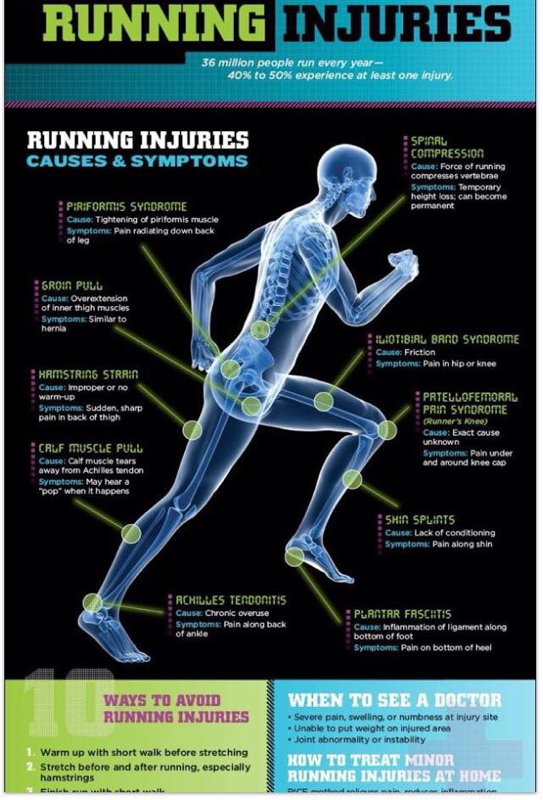forum
|
12TH NOVEMBER 2015 BY MICK WILKINSON
Harvard research supports BTR coaching wisdom Professor Dan Lieberman’s latest publication supports the Born to Run coaching philosophy Lee Saxby’s Born to Run coaching system emphasizes the detrimental effects of over stride both on injury risk and on running economy. Lee made the connection between over stride and running rhythm / stride frequency a long time ago and subsequently made rhythm the second priority in his ‘posture-rhythm-relaxation’ movement mantra. About the study The study examined the relationships between stride frequency, over stride, braking forces, peak-impact forces and loading rates, and the energy cost of running at a fixed speed (3.0 m/s) in 14 experienced runners. Participants were asked to run on a treadmill with stride frequencies of 75, 80, 85, 90 and 95 strides/min. Ground-reaction forces, lower-extremity joint angles and the metabolic cost of running were measured. What the study showed
Increased stride frequency (within optimal range) decreases over stride and, in turn, decreases braking force and peak-vertical-impact force that are related to injury risk. In addition to reduced braking and impact forces, stride frequency within the BTR recommended range decreases the metabolic cost of running. References Lieberman, D.E., Warrener, A.G., Wang, J. and Castillo, E.R. (2015). Effects of stride frequency and foot position at landing on braking force, hip torque, impact peak force and the metabolic cost of running in humans. Journal of Experimental Biology, 218, 3406-3414. Paper available HERE. SHARE CATEGORIES
The Myth of the Hereditary BunionDec 11th, 2015 ‘Overstriding’ and the effects of changing stride frequencyDec 3rd, 2015 Running Technique and Physical EducationNov 26th, 2015 Are your feet NORMAL or NATURAL?Nov 21st, 2015 Harvard research supports BTR coaching wisdomNov 12th, 2015 The Brain’s view of anatomyNov 7th, 2015 The Curious Case of F. W. Knowles (the scientific power of an N of 1 trial)Oct 30th, 2015 Is the human foot the ultimate fashion victimOct 23rd, 2015 Anatomically Intelligent FootwearOct 21st, 2015
0 Comments
|
ArchivesCategories |



 RSS Feed
RSS Feed
